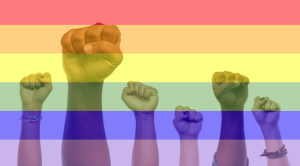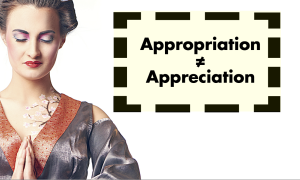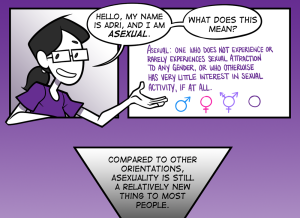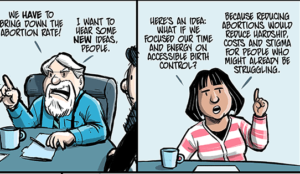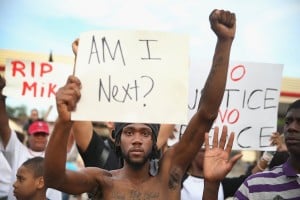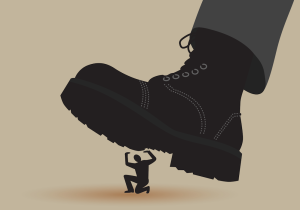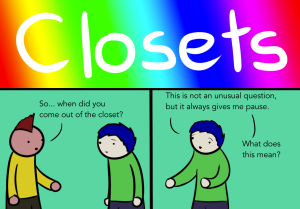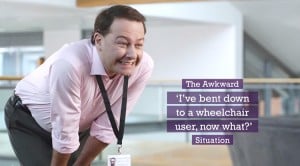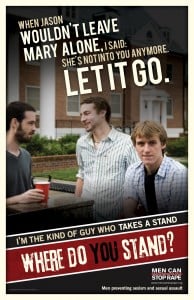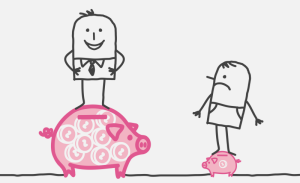Originally published on Mic and republished here with their permission.
On June 26, 2015, the Supreme Court of the United States decided that the 14th Amendment requires states to recognize same-sex marriage and a same-sex marriage performed in another state in a 5-4 decision.
And for the many same-sex couples who want to get married, that is definitely cause for celebration.*
Yet while it’s a meaningful step, marriage equality is hardly the end of the LGBTQ+ rights movement.
In fact, same-sex marriage has been derided by some because of the disproportionate energy and resources devoted to it over other equally, if not more, pressing LGBTQ+ issues.
“There is still widespread inequality within the LGBT community based on race, class, gender, sexuality, age, ability, nationality – you name it,” Harvard historian Timothy Patrick McCarthy told Mic.
Indeed, today poor and non-white LGBTQ+ individuals continue to struggle against the interconnected forces of queer, trans, and racial antagonism, as well as economic disenfranchisement.
Any LGBTQ+ movement of the future must respond to the needs of all within the community if is to be effective.
This is only the beginning.
Moving forward, we must harness the vigor that has energized this movement to fix advocacy issues beyond marriage – issues like:
1. Violence Against Trans Women of Color
Almost 90% of all LGBTQIA+ homicide victims are people of color, and 72% of those homicide victims are transgender women, according to a National Coalition of Anti-Violence Programs report from 2014.
More than two-thirds are transgender women of color.
So far in 2015, NCAVP has “responded to 14 LGBTQ homicides.”
LGBT communities can bring an end to the silencing and killing of trans women of color by “building a movement that centers the narratives and leadership of those in our communities most disproportionately impacted by structural oppression,” Lourdes Ashley Hunter, national director of the Trans Women of Color Collective, told Mic.
2. LGBTQIA+ Youth Homelessness and Criminalization
LGBTQIA+ youth often face seemingly insurmountable odds when it comes to homelessness.
Many are kicked out of their homes after coming out, and, to make matters worse, they report “great difficulty finding shelters that accept and respect them,” according to the National Coalition for the Homeless.
Data collected by the Williams Institute also found that “LGBT youth are at high risk of homelessness, often as a result of family rejection and abuse.”
As such, LGBT youth homelessness is a national problem that requires a comprehensive response addressing “the systems of care that are failing LGBT youth, such as educational institutions, child protective services and juvenile justice systems,” Lillian Rivera, director of advocacy and capacity building at the Hetrick-Martin Institute, told Mic.
3. Economic Disparity
LGBTQIA+ people of color have the highest rates of poverty of any group in the US, according to an April 2015 report from the Movement Advancement Project and Center for American Progress.
Black and Latinx people made up 62% of transgender and gender non-conforming survey respondents reporting extreme poverty incomes below $10,000.
The Williams Institute found that “24% of lesbians and bisexual women are poor, compared with only 19% of heterosexual women,” and poverty rates for lesbian, gay, and bisexual adults are overall higher than their heterosexual counterparts.
“The rights we’ve been able to secure rely on the economic and political capital of our community,” B. Cole, executive director of the Brown Boi Project, told Mic.
So what does that mean for the LGBTQIA+ movement?
It must “fight for economic justice for every LGBT person, [as] we secure our ability to advocate for equality far into the future,” Cole said.
4. Criminalization of LGBTQIA+ Youth
Much public attention has centered on the bloated US prison system, but the disproportionate criminalization of LGBTQIA+ youth – often a result of over-policing – has gone underreported.
This is a critical issue, given that “gay, transgender, and gender non-conforming youth are significantly overrepresented in the juvenile justice system,” according to the Center for American Progress.
“Approximately 300,000 gay and transgender youth are arrested and/or detained each year, of which more than 60% are black or Latino,” a CAP report found.
“Though gay and transgender youth represent just 5% to 7% of the nation’s overall youth population, they compose 13% to 15% of those currently in the juvenile justice system.”
Criminal justice and community safety advocate Marlon Peterson told Mic we must remember that “our LGBT young people are people. We must recognize and value them as such and not allow them to be mistreated by law enforcement or ostracized within the juvenile justice system.”
5. Health and Healthcare
LGBTQIA+ people “experience certain health challenges at higher rates, and also face several unique health challenges,” the Kaiser Family Foundation states in its health and access to care issues brief.
“Some LGBT individuals are more likely to experience challenges obtaining care,” it adds. Elderly LGBT people, lesbian and bisexual women, and black men who have sex with men are particularly vulnerable to health issues.
The LGBTQIA+ movement also must focus on health “because LGBT generations are growing older. Maintaining our overall physical, spiritual and mental health should be our priority,” Dr. David Malebranche, University of Pennsylvania student health services physician, told Mic.
***
It’s clear there’s much work to be done, but advancing the LGBTQIA+ movement for marriage will bring about substantive change in the lives of so many more people.
“[The movement] would do well to commit itself to a more radical redistribution of resources in order to demand and achieve full equity and justice in these other arenas,” McCarthy told Mic. “Until we are all equal and free, protected and respected, liberation will still be an elusive aspiration.”
[do_widget id=’text-101′]
Darnell L. Moore is a Senior Editor at Mic. He is also co-managing editor of The Feminist Wire. He thinks and writes about contemporary social issues from his stoop in Bedstuy, Brooklyn. Follow him on Twitter @Moore_Darnell.
*Introduction was updated to reflect SCOTUS’ historic decision on June 26, 2015.
Search our 3000+ articles!
Read our articles about:
Our online racial justice training
Used by hundreds of universities, non-profits, and businesses.
Click to learn more


